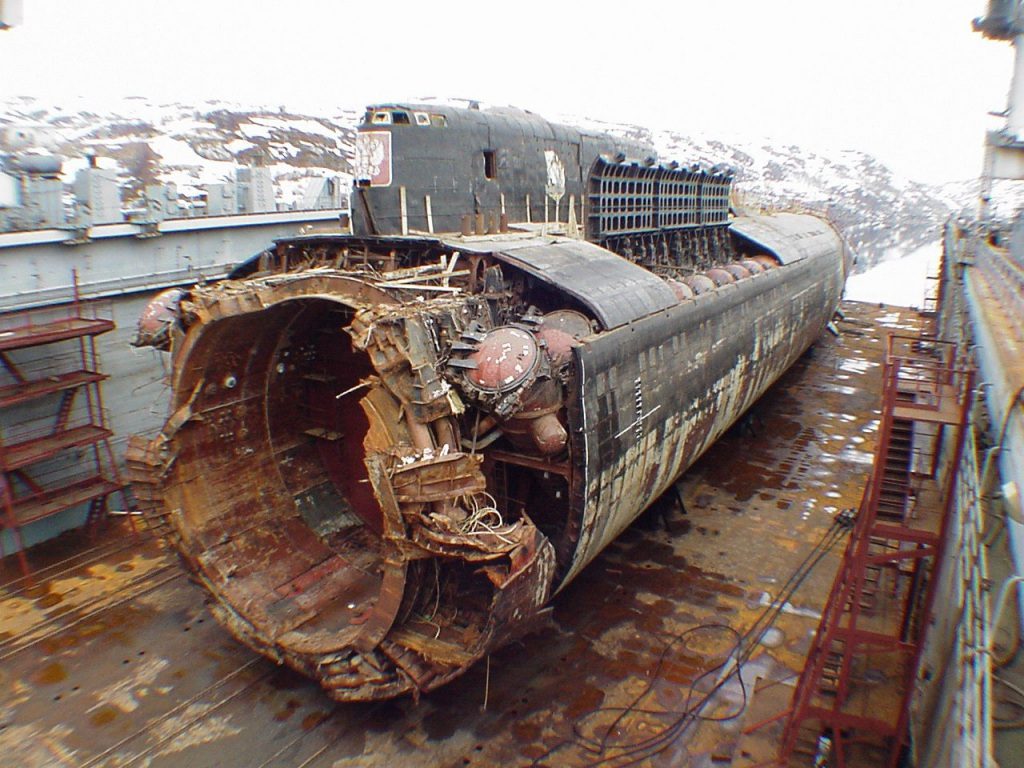1. 1990: “Sue” the Tyrannosaurus skeleton found

Photo: themash
Renowned fossil hunter Susan Hendrickson was out exploring near Faith, South Dakota, when she discovered three large bones sticking out of a cliff on this date in 1990. Turns out these were part of a Tyrannosaurus Rex skeleton that was nearly 90% intact, and also the largest to be found in history. The company she worked for, Black Hills Institute of Geological Research, paid the land owner a reported $5,000 for the right to excavate the fossil. It was later determined that the land was actually traded two decades prior to the fossil being found, and therefore made the sale of excavation rights was null and void. The skeleton was named “Sue”, presumably after Hendrickson as she was the one to find it. Sue went up for sale at a public auction in October of 1997 where the Chicago Field Museum made the winning bid of $8.36 million, which was in part financed by the Disney and McDonalds corporations. That’s a pretty significant jump from $5,000.
2. 1988: Hollywood movie about the Tucker 48 released

Jeff Bridges staring as Preston Tucker in the film
Photo: lucasfilms

The Tucker 48
Photo: hemmings
It was on this date in 1988 that the Hollywood film “Tucker: The Man & His Dream” that was directed by Francis Ford Coppola is released. The film told the true story about Preston Tucker and his “car of tomorrow” know as the Tucker 48. It featured things like a rear mounted engine, “cyclops” front headlight that would rotate to mimic what the steering wheel was doing. This car was so ahead of its time that it was a major cause of concern to the larger manufacturers such as Ford and Chevy. Tucker was later brought up on charges by the Securities and Exchange Commission regarding mail fraud and various other charges. He was later acquitted but the damage had been done. Production had to stop when only 51 models had been produced. One of these in good condition fetched $2.9 million at auction not more than 3 years ago.
3. 2000: Kursk submarine disaster

Photo: sputniknews

Photo: reddit
Just two days after the Kursk Russian nuclear submarine left port to participate in war games, it sank to the bottom of the Barents Sea on this date in 2000. There were said to be 118 crewmen on board at the time of the horrific accident. The Kursk was a massive submarine; it was reported to be three times the size of the largest sub in the United States Navy. It was 500 feet long and had two nuclear reactors on board that helped it reach speeds up to 28 knots. It was scheduled to fire a practice torpedo at 11:29 a.m., but just prior to doing so there was two explosions in front hull that caused it to plunge to the bottom of the sea. Because nobody knew what happened, or the status of the crewmen on board, there were many nations that offered to help search for sub, but the Russians refused. It was more than a week later that divers were able to locate the sub, and they found no survivors. Russian President Vladimir Putin was under a great deal of pressure to get to the bottom of what happened, but nothing that size had ever been raised from the ocean floor. It didn’t help that the Barents Sea is above the Arctic Circle, which meant it was frozen most of the year. It took $100 million and access to the best technology available to raise the mighty Kursk. Interestingly, it was reported that in order to get the Sub off the ocean floor, they had to cut the front hull from the rest of the sub, which ultimately left the best clues as to what actually caused the explosion lying on the bottom of the sea.


